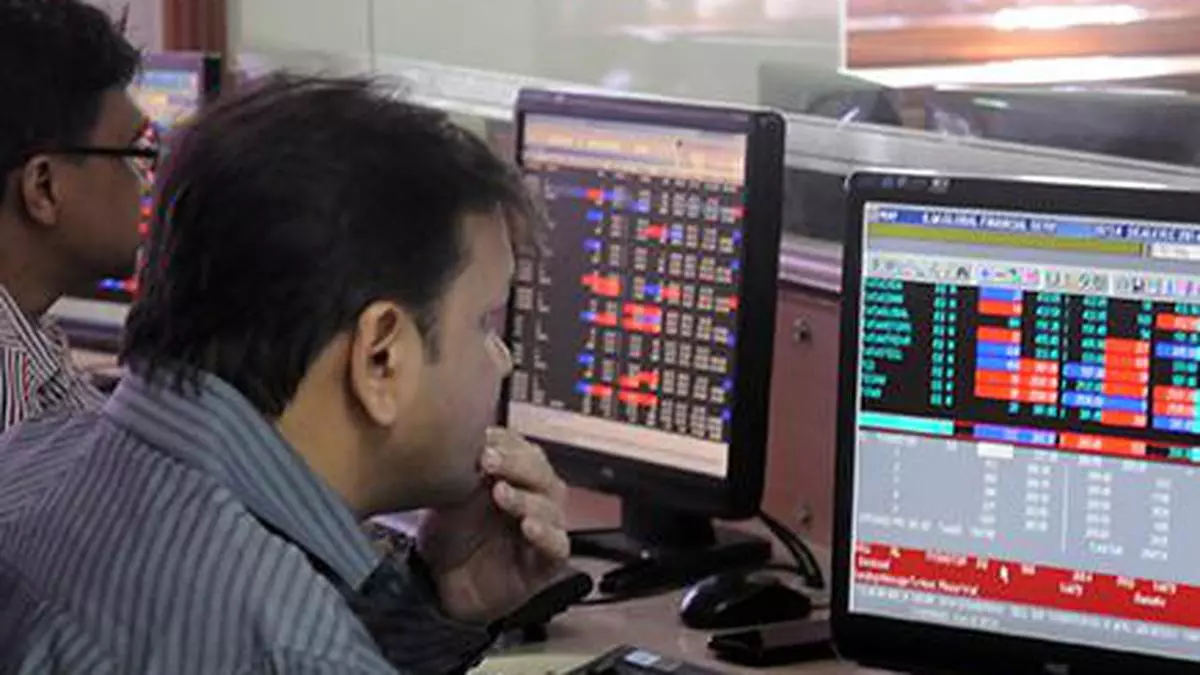Heartening to see desi hands controlling market
A tectonic shift has been happening in Indian stock markets quietly but decisively in recent months. If the trend in ownership pattern of Indian stocks sustains, which is most likely, the influence of foreign portfolio investors on our stock markets’ movement will be limited going forward. Already, FPIs’ influence has been on the decline on Indian stocks in recent times.
The latest market pulse by the National Stock Exchange has revealed that FPIs’ ownership on NSE-listed stocks has declined for the fifth straight quarter and hit a 12-year low of 17.6 per cent.
In contrast, promoter ownership — primarily the government and foreign — rose for the fifth straight quarter to touch 51.5 per cent in NSE-listed companies. Stake of domestic mutual funds (DMF), too, touched a fresh high of 9.2 per cent with active DMFs contributing 7.5 per cent and passive 1.7 per cent, thanks to sustained SIP inflows. Individual investors’ direct stake rose to 9.6 per cent in the listed universe; including indirect ownership via mutual funds, individuals’ holding currently stands at 17.4 per cent, which is just 20 bps lower than that of the FPIs.
In FY15, FPIs had held 22 per cent stake whereas DMFs’ was at a mere 3.9 per cent and individual investors’ was at 8.7 per cent.
Free-floaters
Interestingly, DMF ownership in the NSE floating stock (non-promoter holding) rose by 57 bps q-o-q to a fresh all-time high of 19 per cent in the June quarter. On the other hand, FPI holding in the floating stock of the NSE listed universe dipped for the fifth consecutive quarter, standing at over 15-year low of 36.3 per cent. FPI share in the NSE floating stock is now 9.4 percentage points below the peak share seen eight years back (March 2014). “This dip, however, was much stronger in smaller companies, as evidenced from a steep 2pp q-o-q drop in FPI share in the free float stock of the NSE listed universe excluding the Nifty 500 companies,” according to market pulse.
Individual investors’ ownership of the NSE free-float increased by 26 bps q-o-q to a 15-year high of 19.9 per cent in the June quarter.
Whenever a crisis erupts, FPIs are the first to offload shares in large volumes, creating panic in Indian stocks. For instance, around the 2007-08 financial crisis, FPI ownership in Indian stocks edged down. Similarly, during the first two quarters of 2020, following the onset of the Covid-19 pandemic, FPI ownership declined again.
Amidst this backdrop, this is significant, as those who hold more free-float stocks can swing and control the stock price.
Recently, the International Monetary Fund (IMF) has upgraded India’s gross domestic product (GDP) in the FY2024-25 by 20 basis points to 7 per cent. The IMF has revised upward its forecast from the previous estimate of 6.8 per cent in April. If the expected growth fructifies, Indian stock markets are sure to reflect the growth.
Retail participation
One of the major reasons is the participation of individuals in a big way. According to NSE, the average monthly inflows through the SIP route stood at ₹20,846 crore in the first quarter of FY25 against ₹19,099 crore in the previous quarter and ₹16,602 crore in FY24. Every quarter in the last 15 months, recorded higher inflows than the previous one, which led to the continued upsurge in DMF ownership, the findings said. Besides, the total number of unique registered investors also crossed the 10-crore mark in August.
According to NSE, between direct and indirect investments, Indian households currently hold nearly 19 per cent of the market, ₹81.4 lakh crore, which translates to nearly a fifth of their financial wealth, and 28 per cent of FY24 GDP.
Assuming the unique registered investors doubling from the current 10 crore, domestic markets are likely to see a more stable environment. And that day is not far off.
